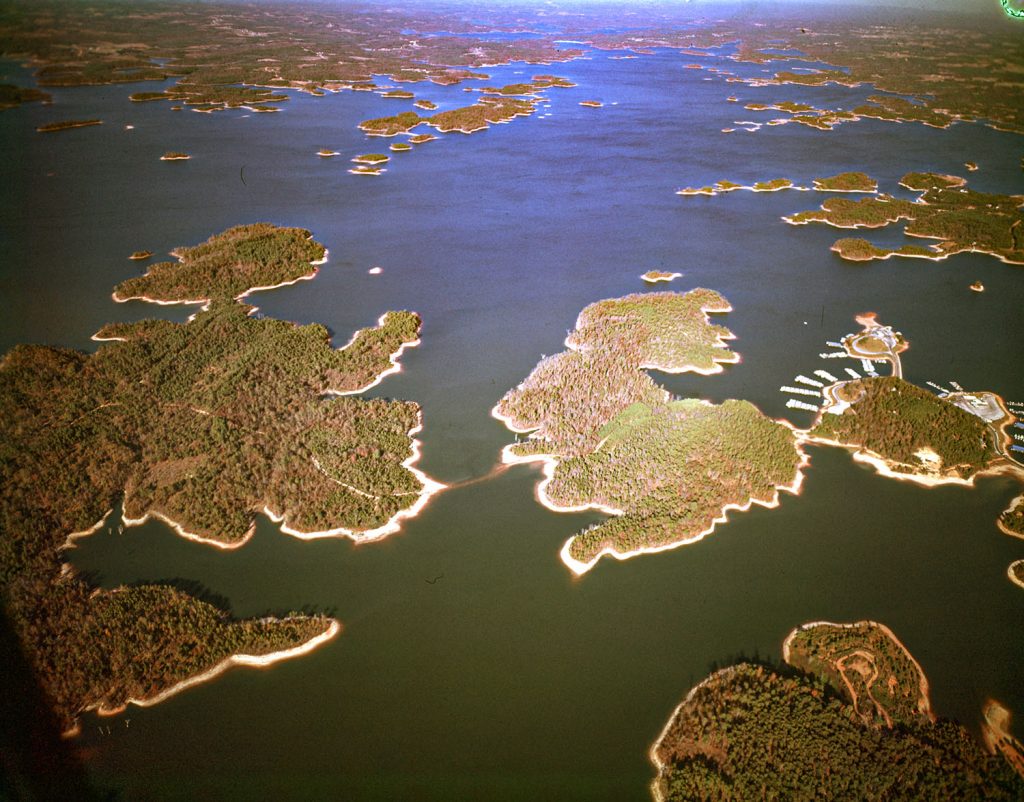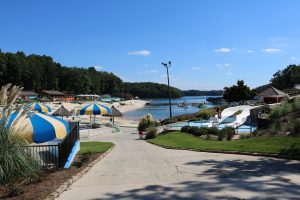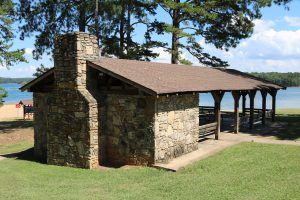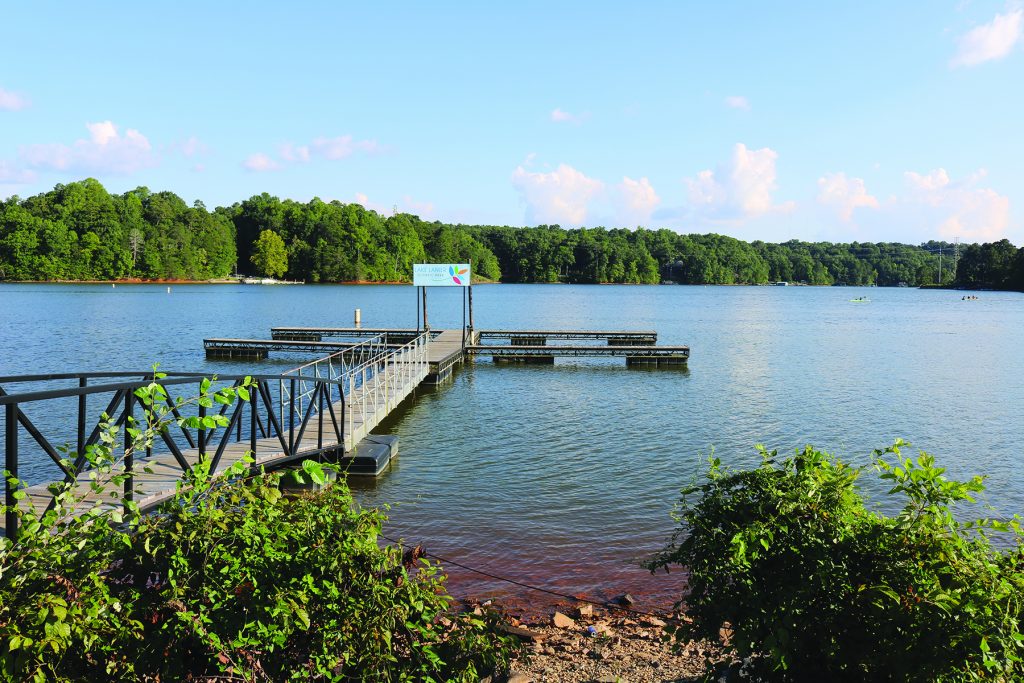Campgrounds, Parks and Beaches


Many visitors came to Lake Lanier to camp and swim. Beaches, picnic shelters, campsites, and playgrounds materialized around the reservoir to support these activities.
Wayne Hill: “We camped a lot when our kids were small. And we camped all over the south end of the lake, had a boat, and it was a lot of fun. My kids really remember it. We’d go to the Lake Lanier Islands, which was completely different than it is now. And I’d actually leave them over there, my wife and the kids, and I’d go back and forth to work.”

Martha McConnell: “The Jaycees and Jaycettes saw the need and knew that people were enjoying the lake. So they built Mary Alice Park down on the lake. And they put a little, I think it was a trailer, and hired somebody that lived there. And they ran a concession stand and more or less was the lifeguard for that area. So that was a place you could go swim. They put sand and corded it off, tried to make it as safe as possible.”
Notably, Lake Lanier was not a safe destination for everyone. Part of the lake borders Forsyth County, which was long known as an “all-white” area after a racial cleansing in 1912 when Black residents were driven from the county. In July 1980, a Forsyth resident fired his pistol at two Black visitors from Atlanta attending a company picnic at Lake Lanier. One of them, Miguel Marcelli, was struck in the head, and miraculously survived. This history of segregation is important to remember, even as Forsyth County and Lake Lanier’s overall visitor population grows increasingly diverse.
